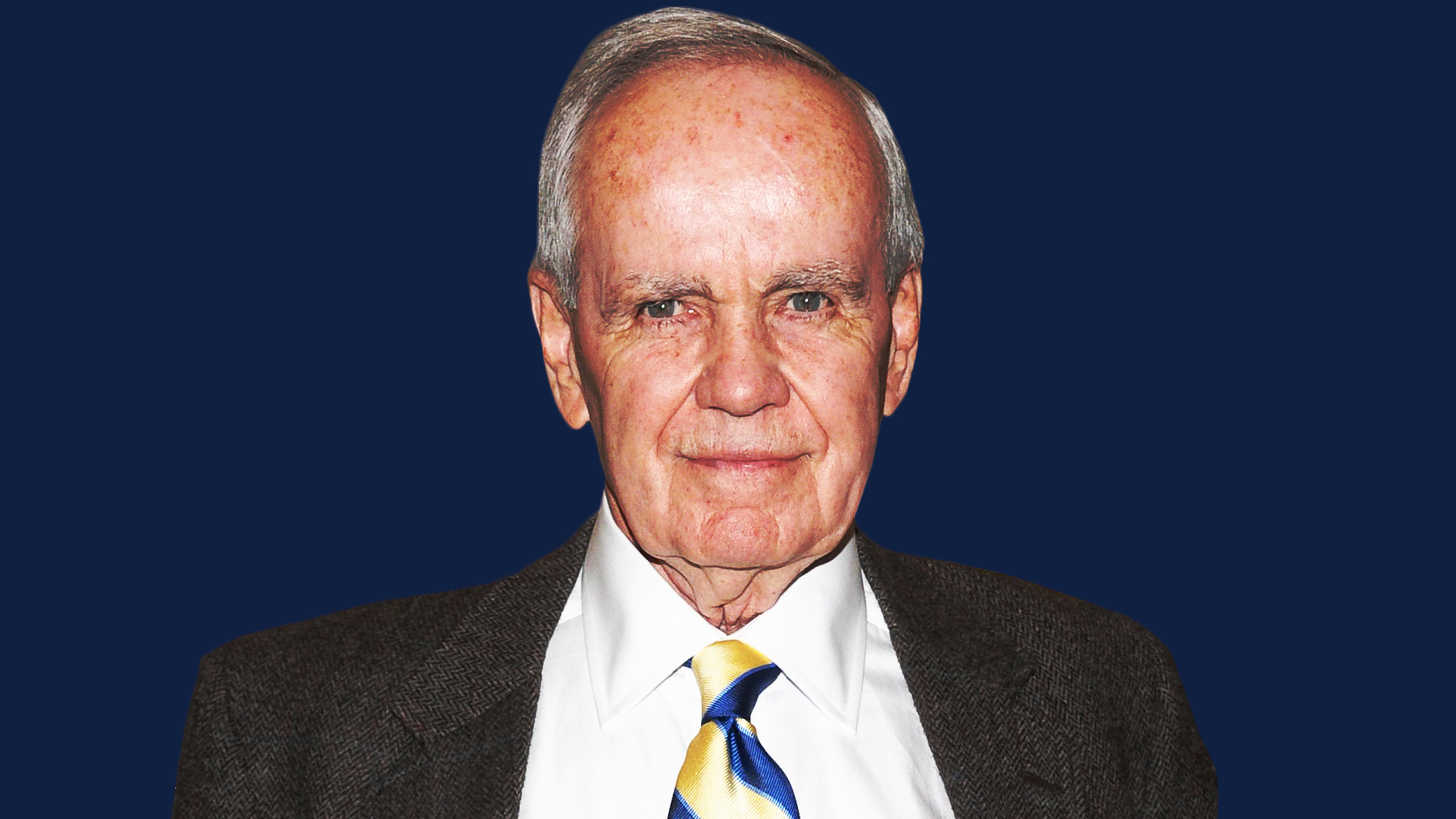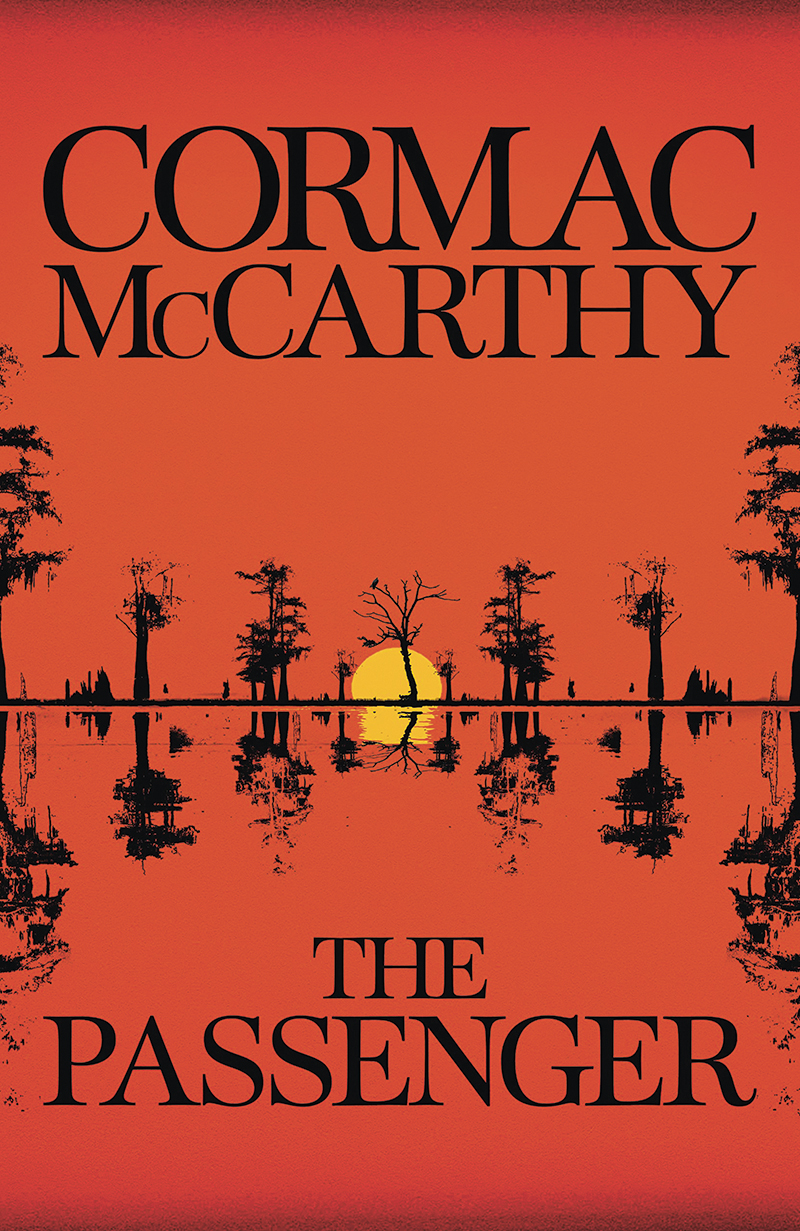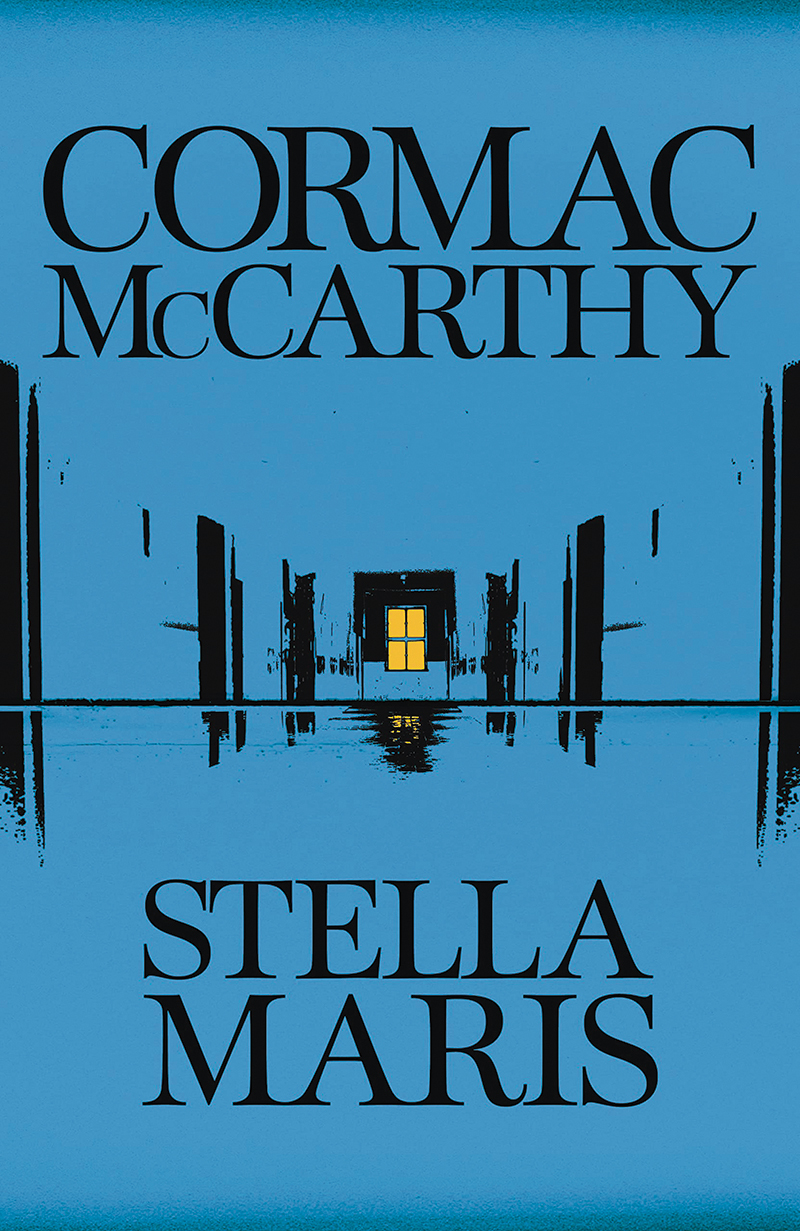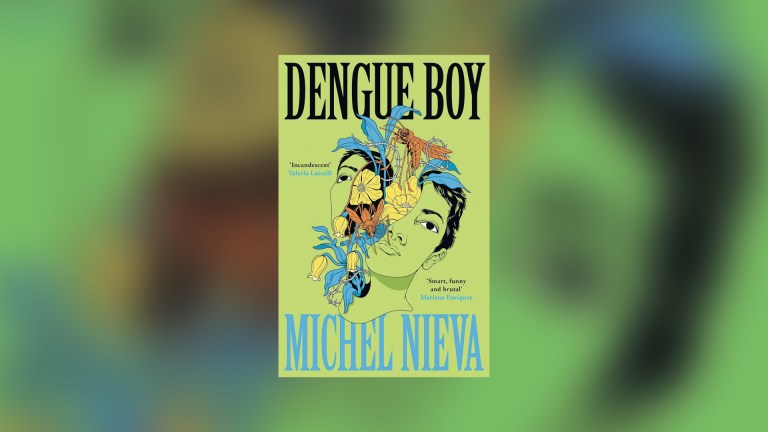Cormac McCarthy’s The Road, published in 2006, might’ve been a fitting final novel – universally praised, winning the Pulitzer, a lauded movie adaptation. But McCarthy has never been one to confirm people’s expectations so now, 16 years later at the age of 89, he’s published two interconnected novels, The Passenger and Stella Maris.
The Passenger is the more conventional of the pair, with Stella Maris acting as an oblique coda. The Passenger has the superficial trappings of a thriller in the vein of McCarthy’s extraordinary No Country for Old Men. The strapline on the cover reads: “A sunken jet. Nine passengers. A missing body.” But this is a piece of not-so-subtle misdirection, and anyone looking for the propulsive narrative of some of McCarthy’s other work will be disappointed.
Set in New Orleans in the ’80s, the story centres on Bobby Western, a jaded salvage diver mourning his sister Alicia following her death by suicide. On discovering a missing passenger in a crashed and submerged plane, Bobby is intrigued to find out what’s happened, while being pestered by brooding authority figures, intent on keeping things quiet. But McCarthy is not interested in plot here, preferring to use this device to allow Bobby to have long conversations in bars on highbrow topics such as physics, maths, philosophy, war, conspiracies and the nature of reality.
It’s all diverting enough, and McCarthy’s typically hard and precise style is in evidence throughout. New Orleans is wonderfully evoked and some of the dialogue parries and counter-parries like only McCarthy can. But the lack of forward momentum will be frustrating for some, and this will be doubly so for the interspersed passages from Alicia’s past, where she has seemingly endless conversations with
hallucinatory figures.
The Passenger leaves unanswered questions, but these aren’t addressed in Stella Maris. A much shorter book, it’s comprised entirely of dialogue between Alicia Western and a psychiatrist at a mental institution in 1972, at a time when her brother is in a coma.
Most of the dialogue here is esoteric and almost Socratic in nature, as the two characters espouse worldviews, taking in more maths, philosophy and physics. Some of it is engaging, but it does begin to grow wearisome as it goes on, with no obvious point in sight. Both books demonstrate an author as uncompromising as he ever was, but they don’t necessarily make for the best introductions to his extraordinary body of work.












